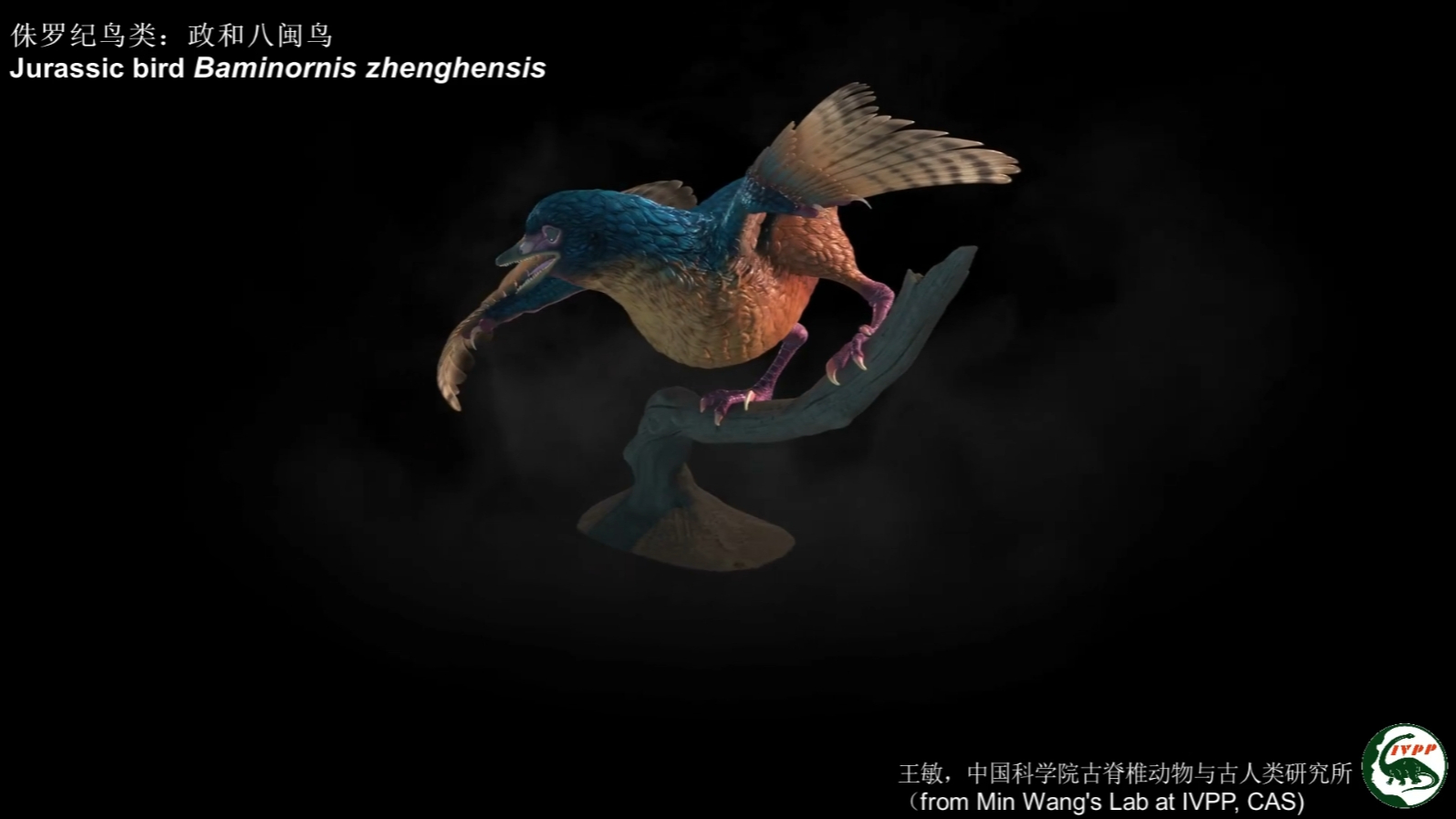

" The brain of the plant is in its roots ." On the morning of January 22, Han Bin, a researcher at the Center for Excellence in Molecular Plant Sciences of the Chinese Academy of Sciences and an academician of the Chinese Academy of Sciences, said.
Drought, barrenness, and many pathogenic microorganisms - this is the "dilemma" faced by the first plant that first landed from an aquatic environment in the process of biological evolution: the soil where the roots are located contains not only mud, water, and air, but also a large number of bacteria, fungi and other microorganisms.
So, how do plant roots distinguish "friends and foes" and inhibit harmful bacteria while recruiting "probiotics"?
In the early morning of January 24, the world's top academic journal Cell published online the latest research results of Shanghai scientists, revealing the molecular mechanism of plant roots' accurate identification of symbiotic microorganisms and pathogenic microorganisms, continuing to lead research in the field of plant-microorganism interactions.
Researcher Wang Ertao from the Center for Excellence in Molecular Plant Sciences of the Chinese Academy of Sciences is the corresponding author of the relevant paper. Doctoral student Tan Xinxing and postdoctoral fellow Wang Dapeng from Wang Ertao's research group are co-first authors.
A pair of proteins creates a pair of "fiery eyes"
Rhizobia coexist with legumes. The nodules formed on their roots are like small fertilizer factories, providing nutrients for legumes such as soybeans. This is a typical example of mutually beneficial engineering between microorganisms and plants.
But there's more than just Rhizobia in the soil.
"There are hundreds of millions of microorganisms in 1 gram of soil." On the morning of January 22, researcher Wang Ertao said that some of them are beneficial "probiotics" that can coexist with plant roots, just like human intestinal flora, which can promote health and growth. Others are pathogenic microorganisms that pose a threat to plants. "In 1845-1850, a disease broke out in potatoes grown in Ireland - potato late blight, which caused famine."
Mutually beneficial symbiosis with "probiotics" is a survival strategy for many plants, especially in barren land. Whether or not they can recruit "probiotics" and have a good symbiosis is not just the difference between tall and strong and thin and short for crops such as corn and soybeans, but more likely the difference between life and death.

Marchantia serrata growing in a laboratory petri dish. Photo by Wu Yuewei, Thepaper.cn
Research has found that the cell membrane of the early terrestrial plant Marchantia scabra has a pair of such "fire eyes" . They are composed of a pair of LysM receptor kinases - MpaLYR and MpaCERK1. The former recognizes signal molecules from microorganisms in the soil, and then forms a protein complex with the latter, thereby activating two different downstream signal pathways: immunity against pathogens, or establishing alliances and collaborative symbiosis.
For example, short-chain chitin chitosan CO4/5 is a molecular marker of symbiotic microorganisms, and long-chain chitin chitosan CO7/8 is a molecular marker of pathogenic fungi. These different chitosan molecules are like chemical signals that can make the "Fire Eyes and Golden Eyes" respond differently and then activate different downstream pathways.
Dr. Tan Xinxing told The Paper that before this, no one in the world knew the mechanism by which plants identify and distinguish between symbiotic and pathogenic microorganisms.
Researcher Wang Ertao said that it took their laboratory 12 years to find the first plant cell gene that can identify related pathogenic microorganisms and to gradually unravel the mystery of its recognition mechanism like a puzzle. Currently, dozens of laboratories around the world are focusing on this research field.
Plants release hormones and recruit "probiotics" to build "fertilizer factories"
In this newly published study, the choice of Marchanthus sphaerocephalus for research is also a clever design.
In the lab, the curled roots of the Marchantia serrata are grown in a sterile white culture medium, to which specific microorganisms are added before testing.

Wang Ertao, Research Fellow at the Center for Excellence in Molecular Plant Sciences, Chinese Academy of Sciences
Researcher Wang Ertao said that Marchantia crassifolia was the first plant to land on land from an aquatic environment during biological evolution. It has a simple genome structure, a small number of LysM receptors, and can coexist with fungi, making it an ideal research object. However, in higher plants such as angiosperms, there are many LysM receptor kinases, and the biological functions of these receptors are redundant, which brings many challenges to studying how plants can accurately distinguish between symbiotic or pathogenic microorganisms.
Now, the discovery in Marchantia crassa may guide the research and application of higher plants such as angiosperms.
More importantly, the researchers also found that under conditions of low soil fertility, such as low phosphorus conditions, the plant Marchantia serrata will actively release a chemical substance to "recruit" beneficial symbiotic microorganisms. This hormone, called strigolactones, has been discovered in hundreds of species. This hormone can stimulate mycorrhizal fungi to secrete a large amount of symbiotic molecular markers, short-chain chitin chitosan CO4/5. After these CO4/5 molecules are recognized by the "fire eyes" on the surface of Marchantia serrata cells, they stimulate symbiotic reactions, inhibit immune responses, promote plant nutrient uptake through mycorrhizal symbiosis, and ensure immune resistance to pathogenic microorganisms, thereby maintaining a dynamic balance between symbiosis and immunity.

Marchantia paleacea, Image source: China Plant Image Library
The researchers believe that this study has deepened people's understanding of the mechanism of plant-microbe interactions and revealed how plants optimize the function of LysM receptors during their early landing, laying the foundation for plants' early adaptation to the arid, barren, and pathogenic terrestrial environment.
In terms of agricultural production, by enhancing the interaction between plants and mycorrhizal fungi, plants can build their own "fertilizer factories", which can significantly improve the ability of crops to absorb soil nutrients, especially under low-fertility soil conditions. In addition, enhancing the interaction between plants and mycorrhizal fungi is expected to promote the development of ecological agriculture and achieve a win-win situation for ecological agriculture and food security.
Researcher Wang Ertao told The Paper that after clarifying the mutualistic interaction mechanism between soybeans and other legumes and rhizobia, he hopes to promote the symbiosis between non-legumes such as wheat and corn and soil microorganisms in the future, making crops healthier and improving the efficiency of agricultural production.
Researcher Wang Ertao introduced that the new mycorrhizal symbiotic rice variety "Ganjun Rice No. 1" bred by Researcher Huang Renliang of the Jiangxi Academy of Agricultural Sciences contains the excellent allelic variation of OsCERK1DY, which can reduce the application of chemical fertilizers and achieve the effect of reducing carbon emissions and increasing efficiency.
The above-mentioned newly published research was funded by the National Natural Science Foundation of China, the New Cornerstone Researcher Program, the Chinese Academy of Sciences Class B Pioneer Project and the Tencent Science Exploration Award.


